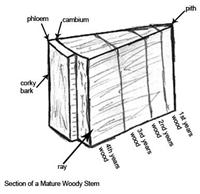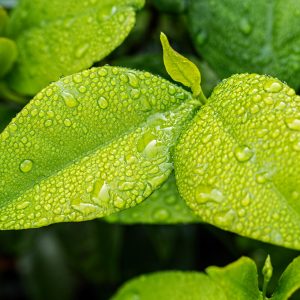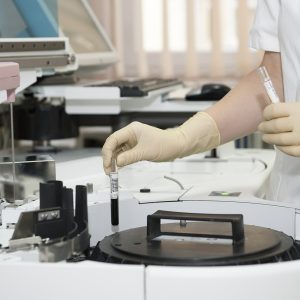 This course explains the principles and processes of plant physiology and their practical applications. It builds on prior studies in Botany I – Plant Physiology And Taxonomy BSC104, plant physiology or equivalent.
This course explains the principles and processes of plant physiology and their practical applications. It builds on prior studies in Botany I – Plant Physiology And Taxonomy BSC104, plant physiology or equivalent.
CONTENT
There are 10 lessons in this module as follows:
- Flower physiology
- Phytochrome
- Phytoperiodism
- Control of flower bud initiation and development
- Dormancy
- Effects of plant associations and competition
- Respiration and post harvest physiology
- Post harvest storage, transport, retailing and shelf life
- Endogenous and synthetic growth regulators
- Risks involved with plant growth manipulation
COURSE AIMS
- Investigate the physiology of growth development and flowering.
- Examine the nature of phytochrome and its effect on flowering in the phytochrome reaction.
- Examine the photoperiodic responses of flowering plants to differing dark and light periods.
- Examine the effect of temperature on the onset of flowering and flower development.
- Understand and describe the causes of dormancy in seeds and plants and describe the methods of breaking dormancy.
- Understand plant associations and competition and their effects on quality and marketable yield.
- Explain the process of respiration in plant cells and its effect on post-harvest storage and transportation of crops.
- Describe physiological processes in post-harvest crops in relation to the storage conditions.
- Investigate the effect on plants of endogenous and synthetic growth regulators.
- Understand risk assessments relevant to plant growth manipulation.





